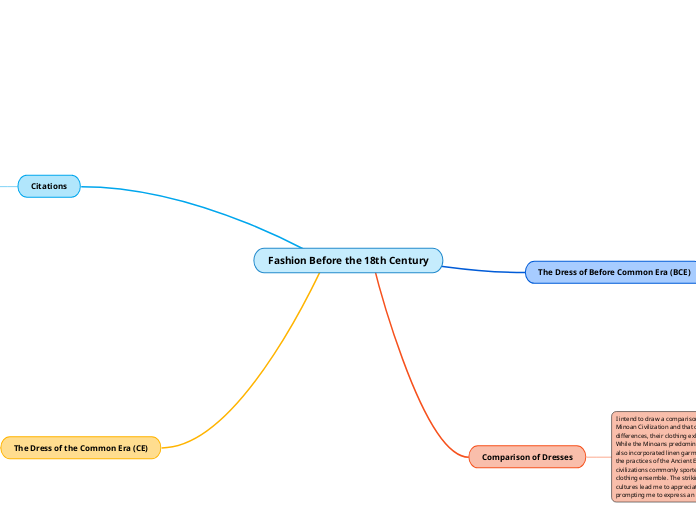Fashion Before the 18th Century
The Dress of Before Common Era (BCE)
Ancient Egyptian Civilization (3200-600 BCE)
This image depicts the attire of the Ancient Egyptians. Their garments were fashioned from white linen, a choice made to ensure comfort and coolness for the wearer. In the illustration, individuals are observed donning a skirt, known as a kilt, paired with a pleated robe.
Minoan Civilization (2900-1450 BCE)
This image showcases the attire of the Minoan Civilization. Their garments were predominantly crafted from wool, with occasional use of linen derived from flaxseed. The illustration depicts the attire worn by both genders: men commonly donned skirts or kilts reminiscent of Ancient Egyptian attire, while women opted for dresses or long skirts, as evidenced in this portrayal.
Comparison of Dresses
I intend to draw a comparison between the attire of the Minoan Civilization and that of Ancient Egypt. Despite minor differences, their clothing exhibited remarkable resemblances. While the Minoans predominantly utilized woolen fabrics, they also incorporated linen garments into their attire, mirroring the practices of the Ancient Egyptians. Additionally, both civilizations commonly sported skirts and kilts as part of their clothing ensemble. The striking parallels between the two cultures lead me to appreciate the unique qualities of each, prompting me to express an affinity for both.
Citations
https://www.openschool.bc.ca/courses/ss7_OLD/egypt/lesson6.html#:~:text=Most%20clothing%20in%20Ancient%20Egypt,made%20of%20less%20expensive%20cloth.
https://www.rom.on.ca/en/learning/activities-resources/online-activities/ancient-egypt/arts-arisans/textiles
https://study.com/academy/lesson/daily-life-in-the-minoan-civilization.html#:~:text=Minoan%20clothing%20was%20mostly%20made,wearing%20dresses%20or%20long%20skirts.
https://www.metmuseum.org/exhibitions/listings/2012/byzantium-and-islam/blog/topical-essays/posts/fashion#:~:text=Simple%20in%20design%2C%20the%20T,plain%20weave)%20for%20linen%20garments.
https://world4.eu/typical-italian-renaissance/
The Dress of the Common Era (CE)
Byzantine Empire (300-1400 CE)
This depiction showcases the attire of the Byzantine Empire. Their fashion exuded simplicity, characterized by T-shaped tunics, the predominant attire for men and children, with women opting for slightly elongated versions.
Italian Renaissance (1400-1600 CE)
This image captures the attire of the Italian Renaissance period. Men typically adorned themselves in doublets, hose, codpieces, camicia, soft caps, and prominently displayed lacings, whereas women adorned themselves in gowns, dresses, camicias, and stockings as part of their basic wardrobe.
